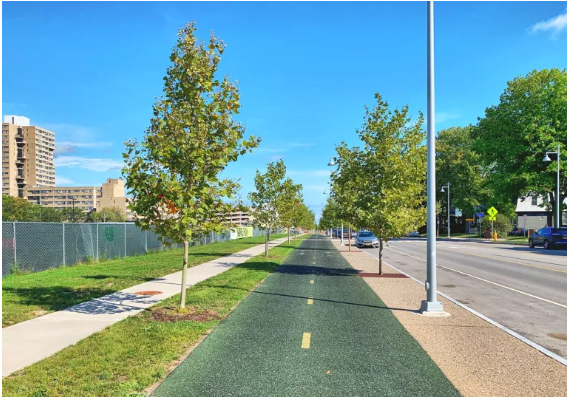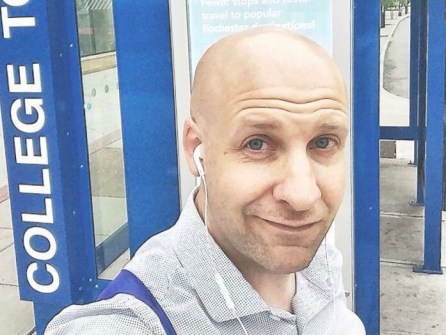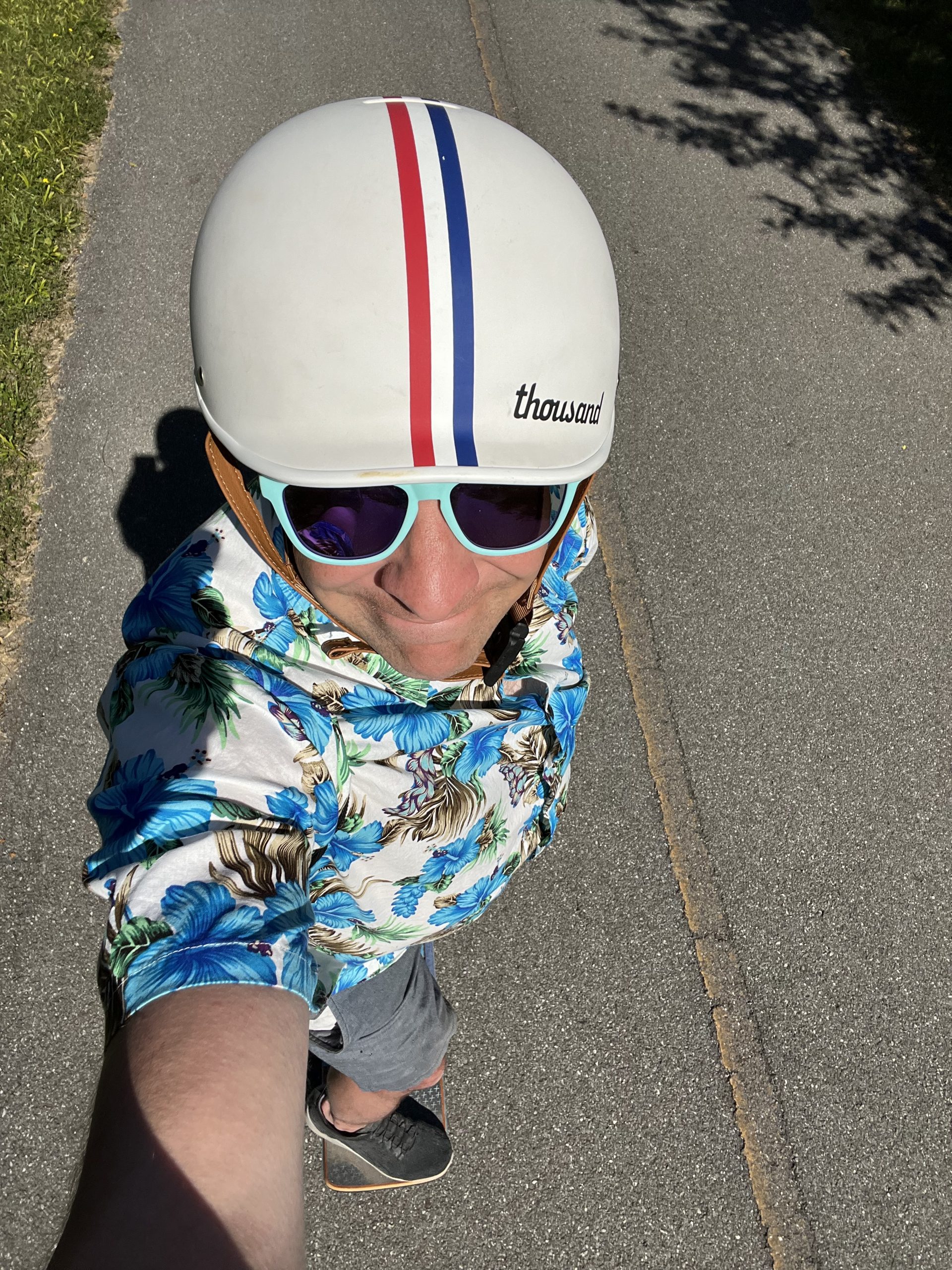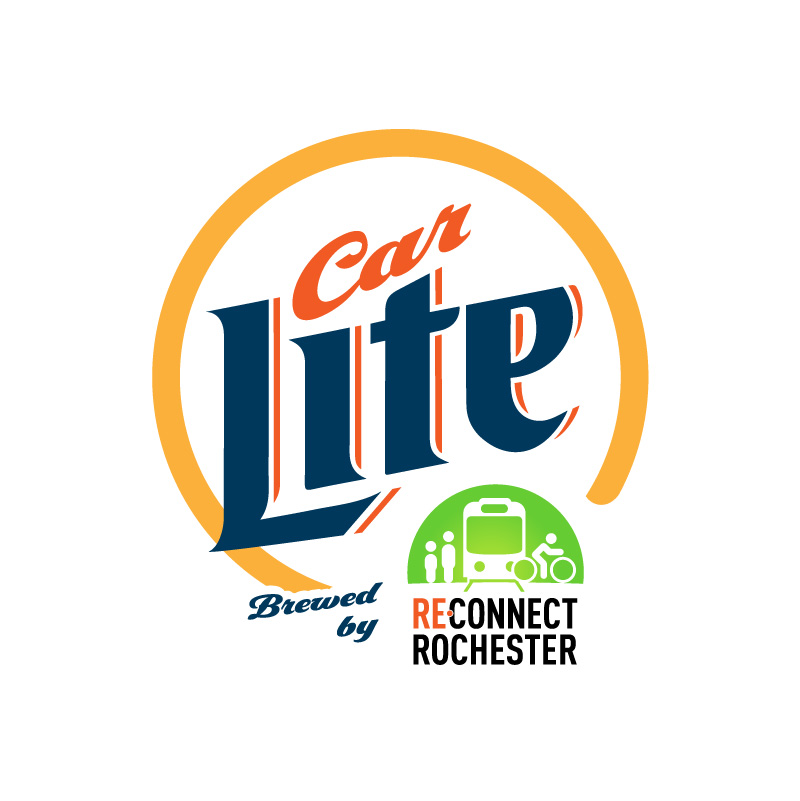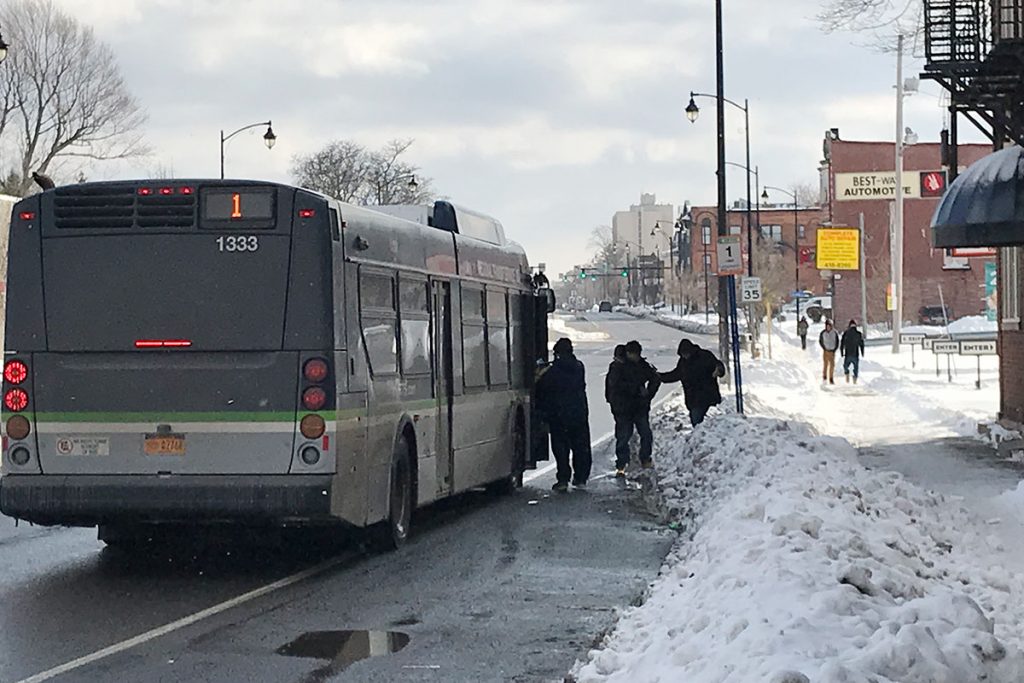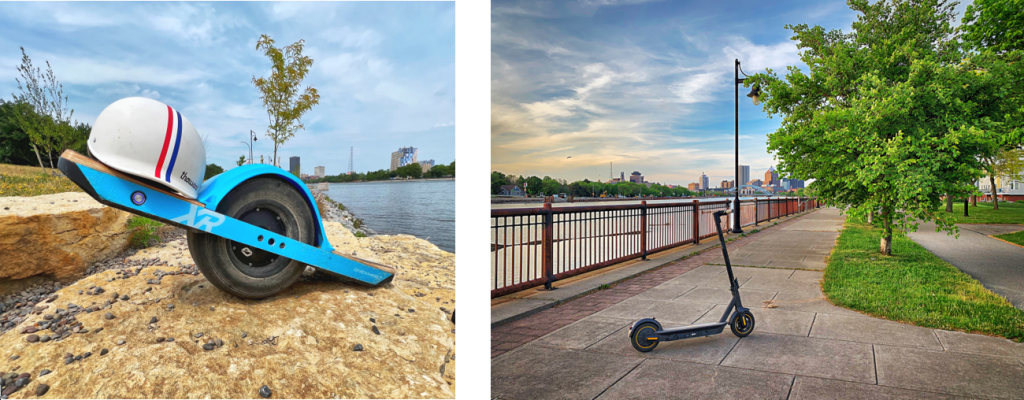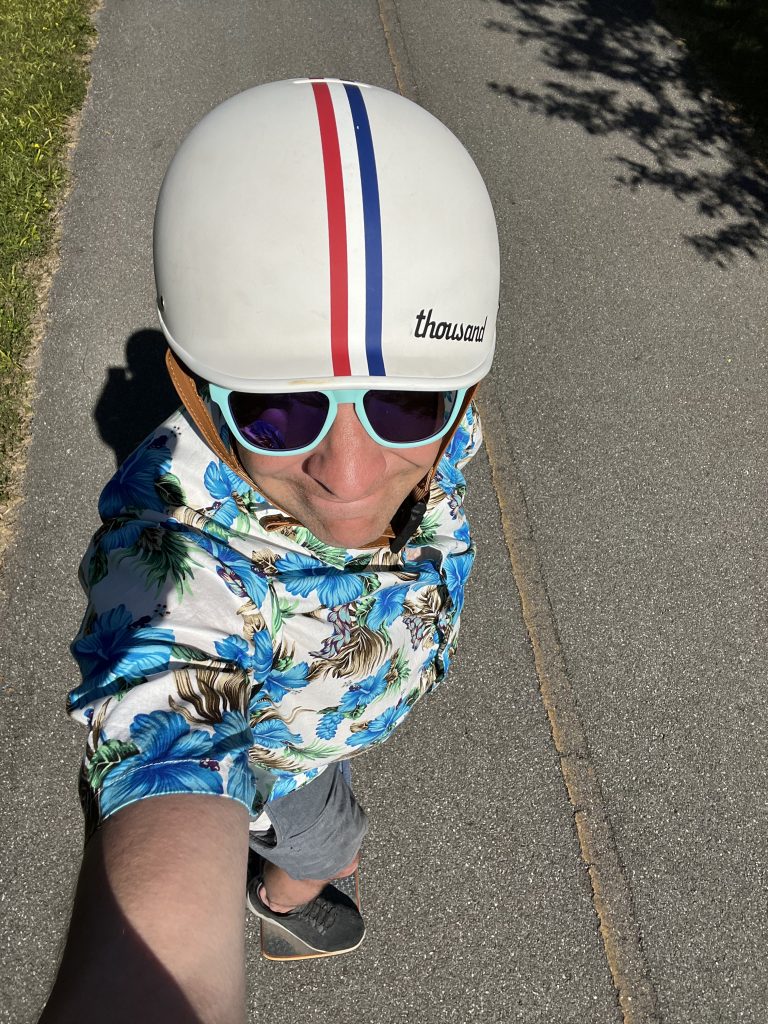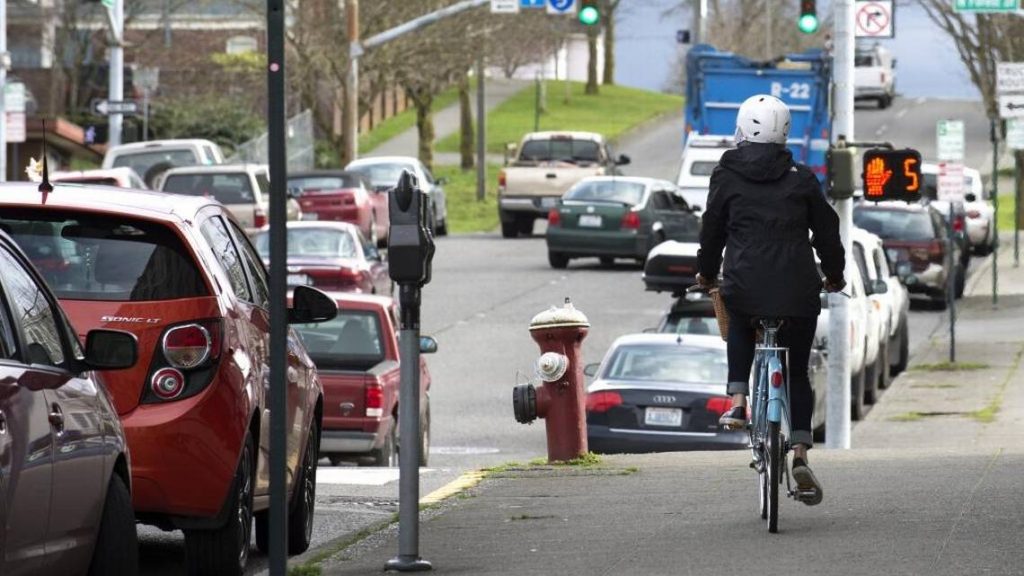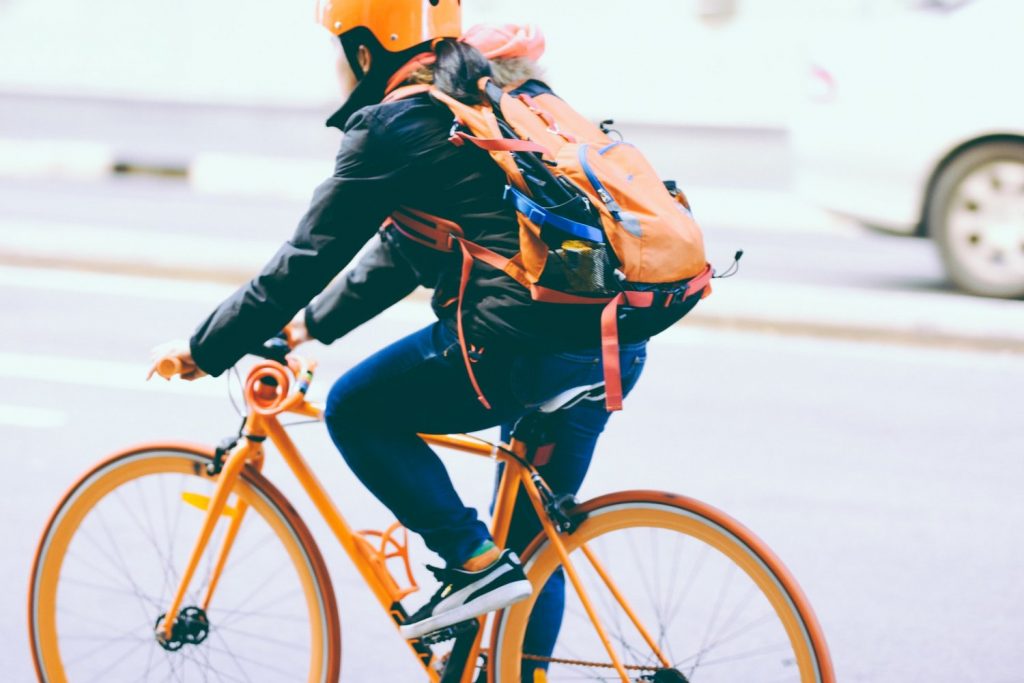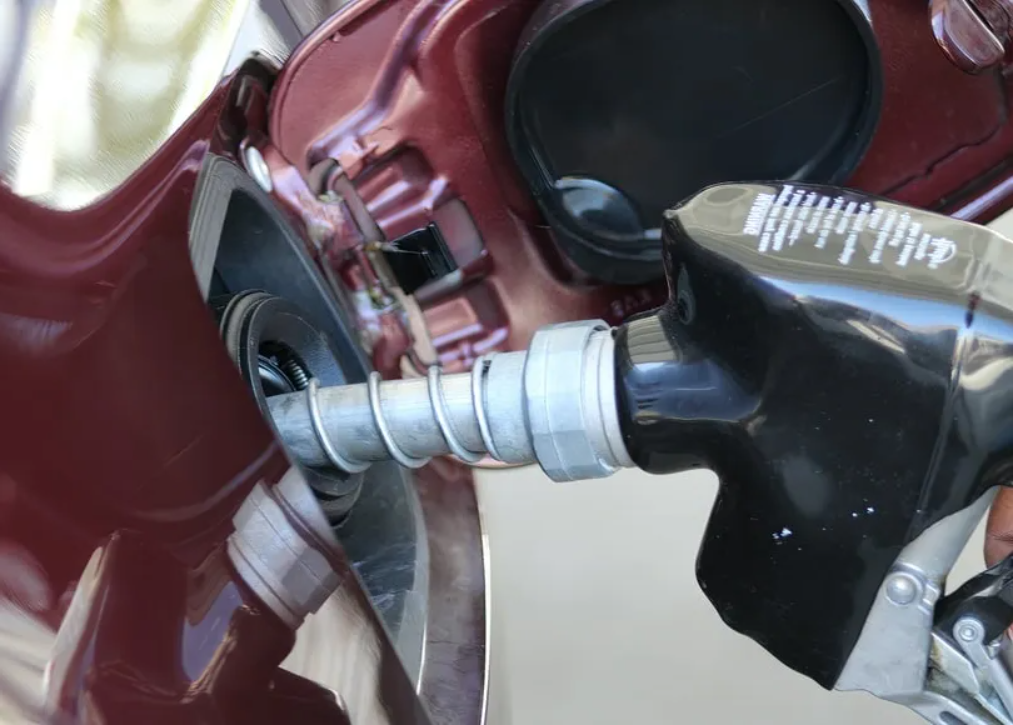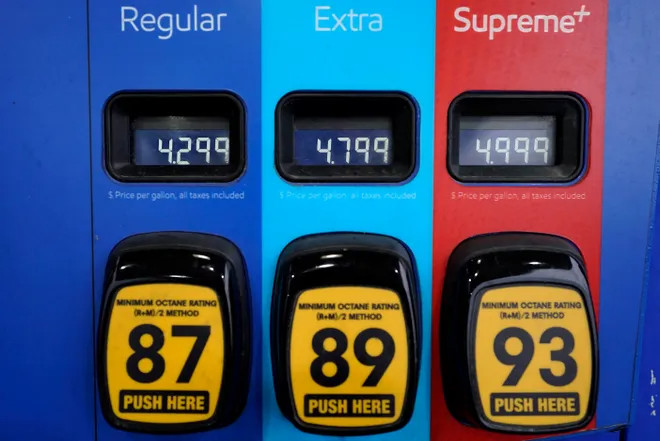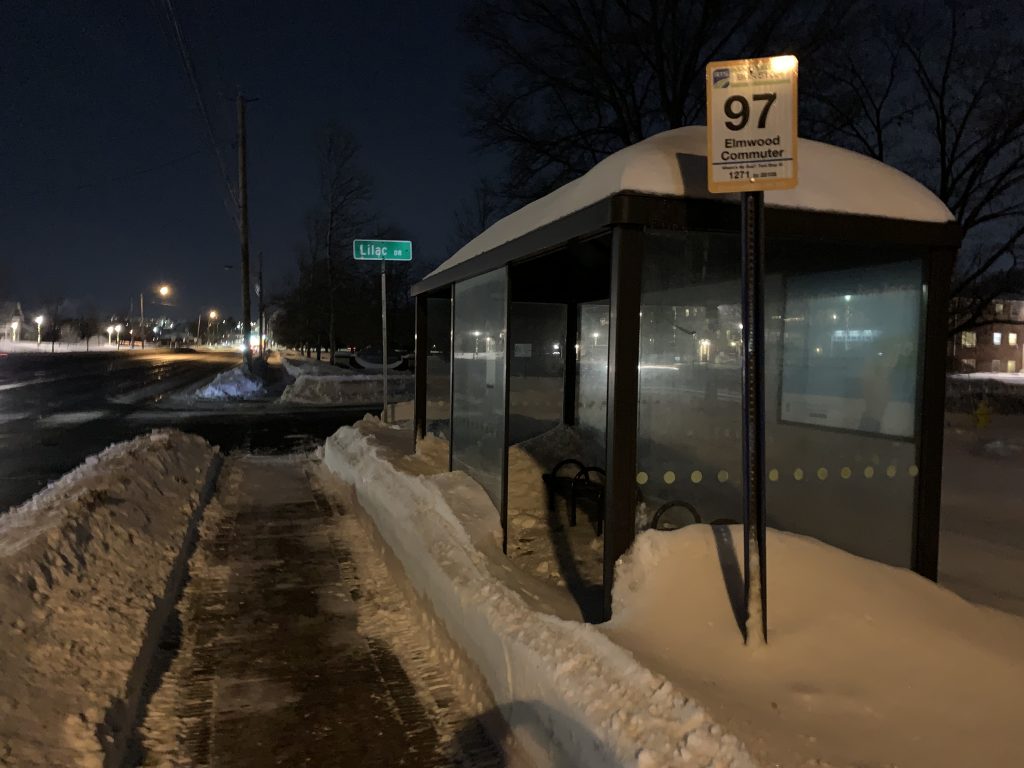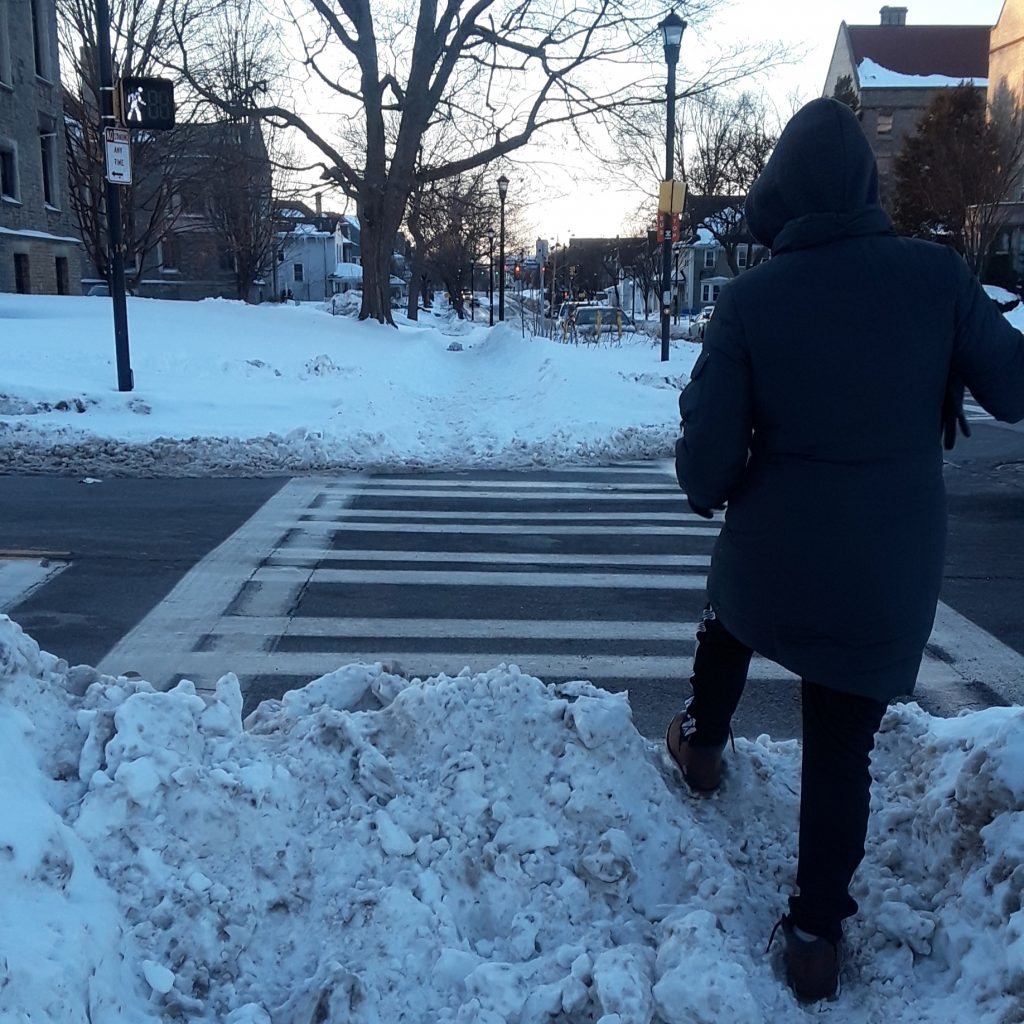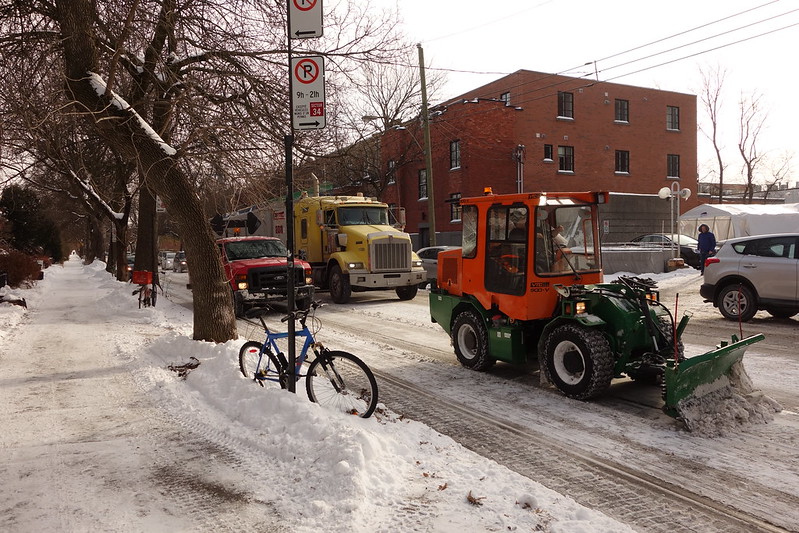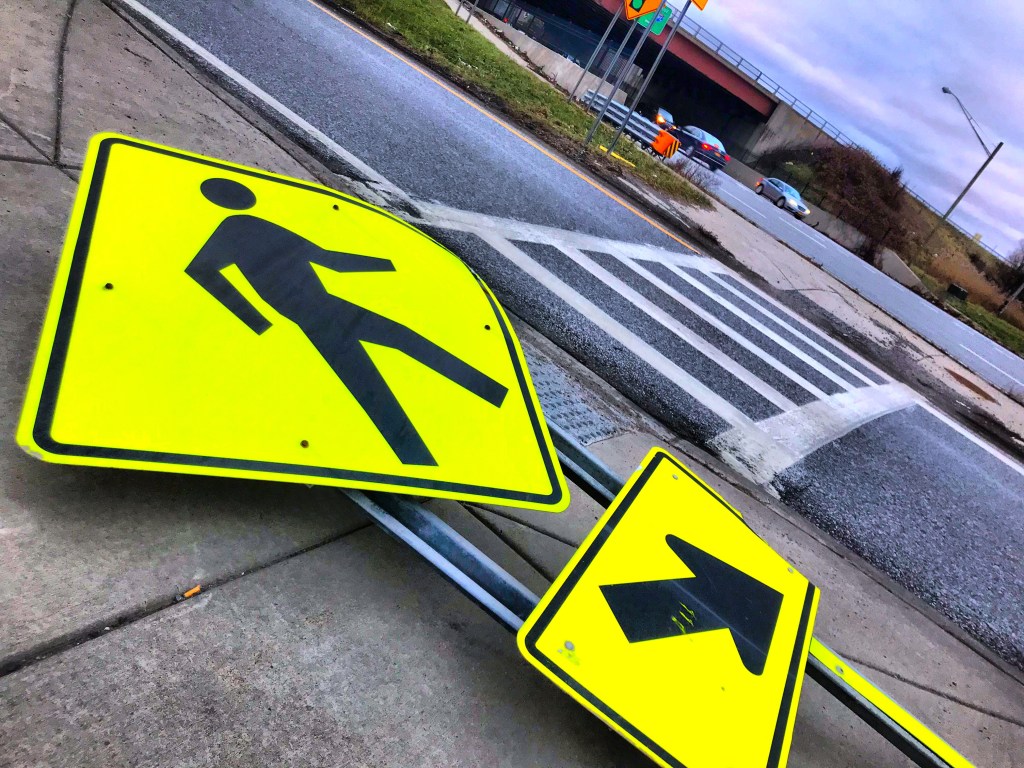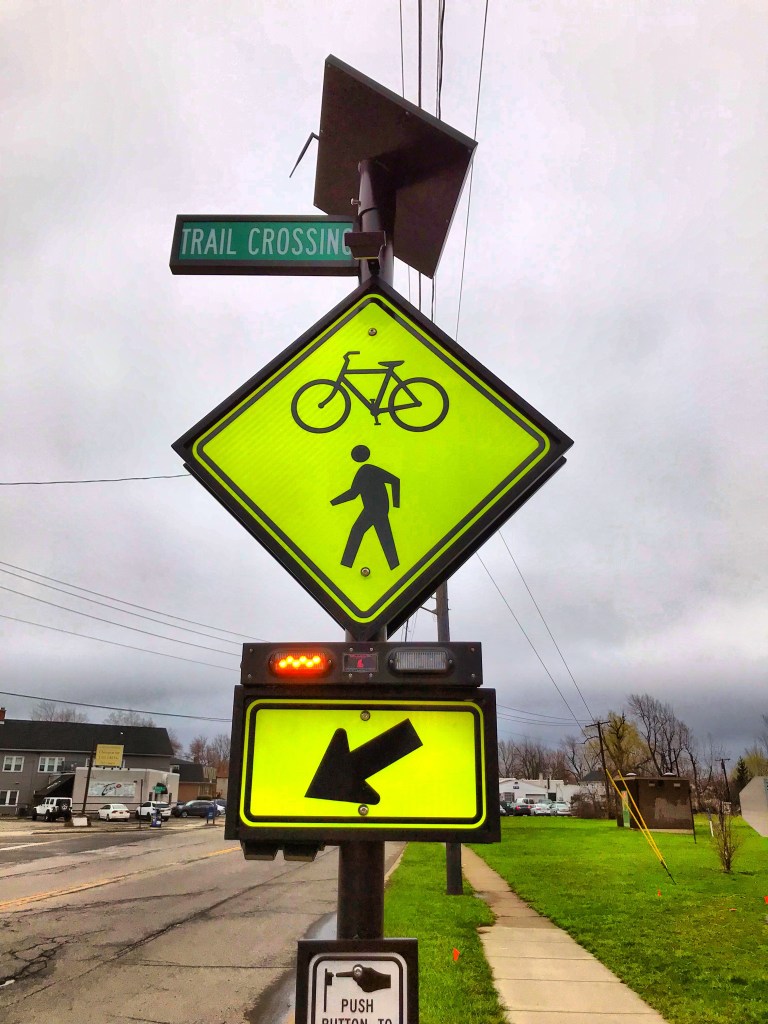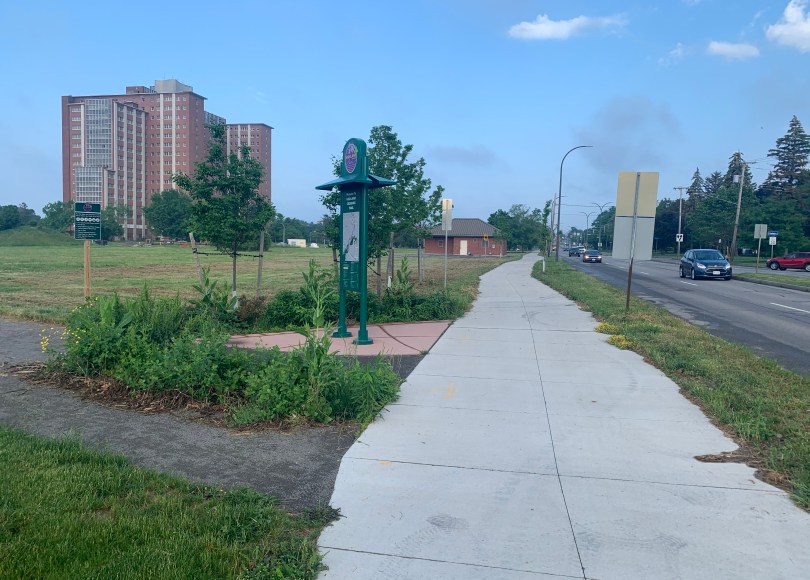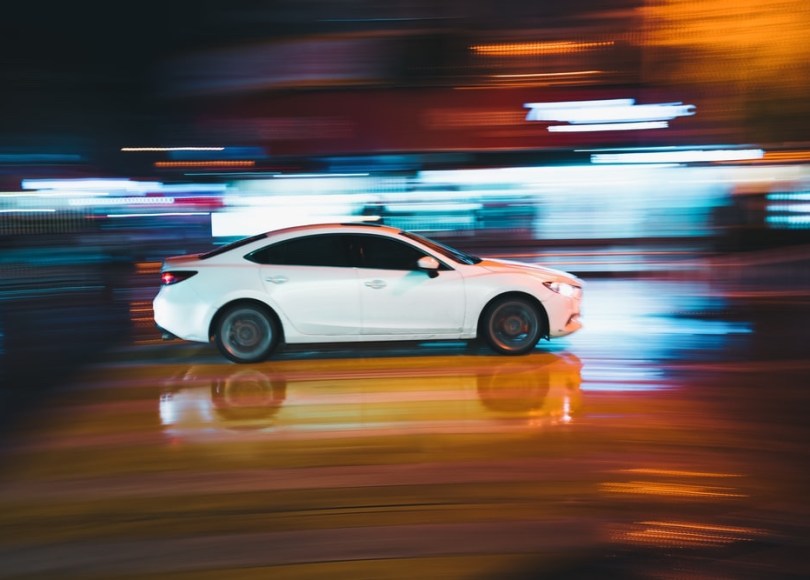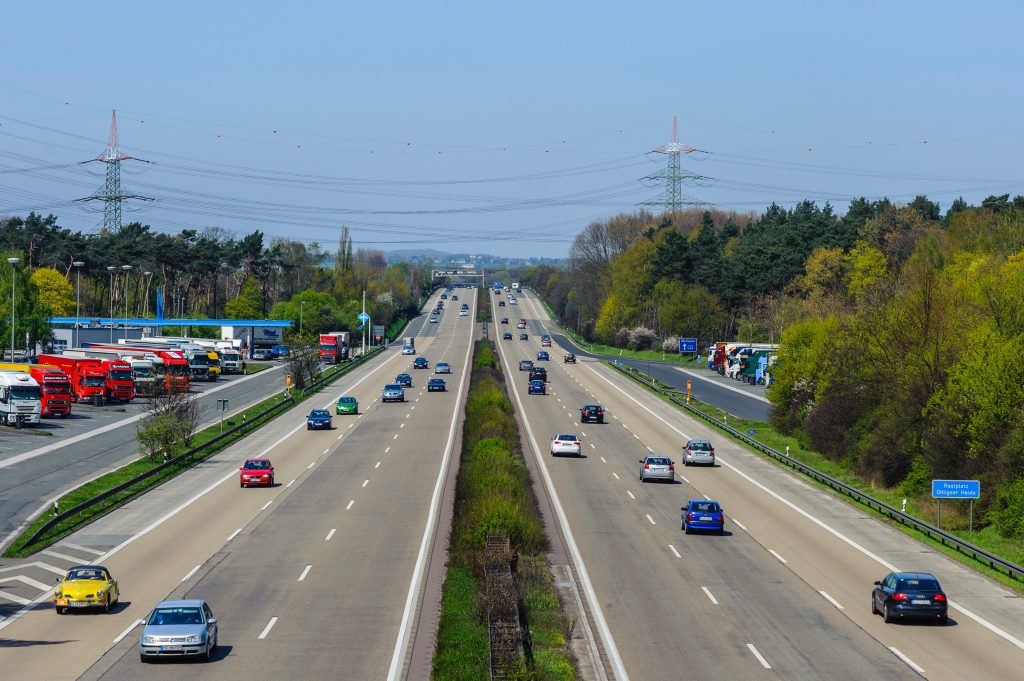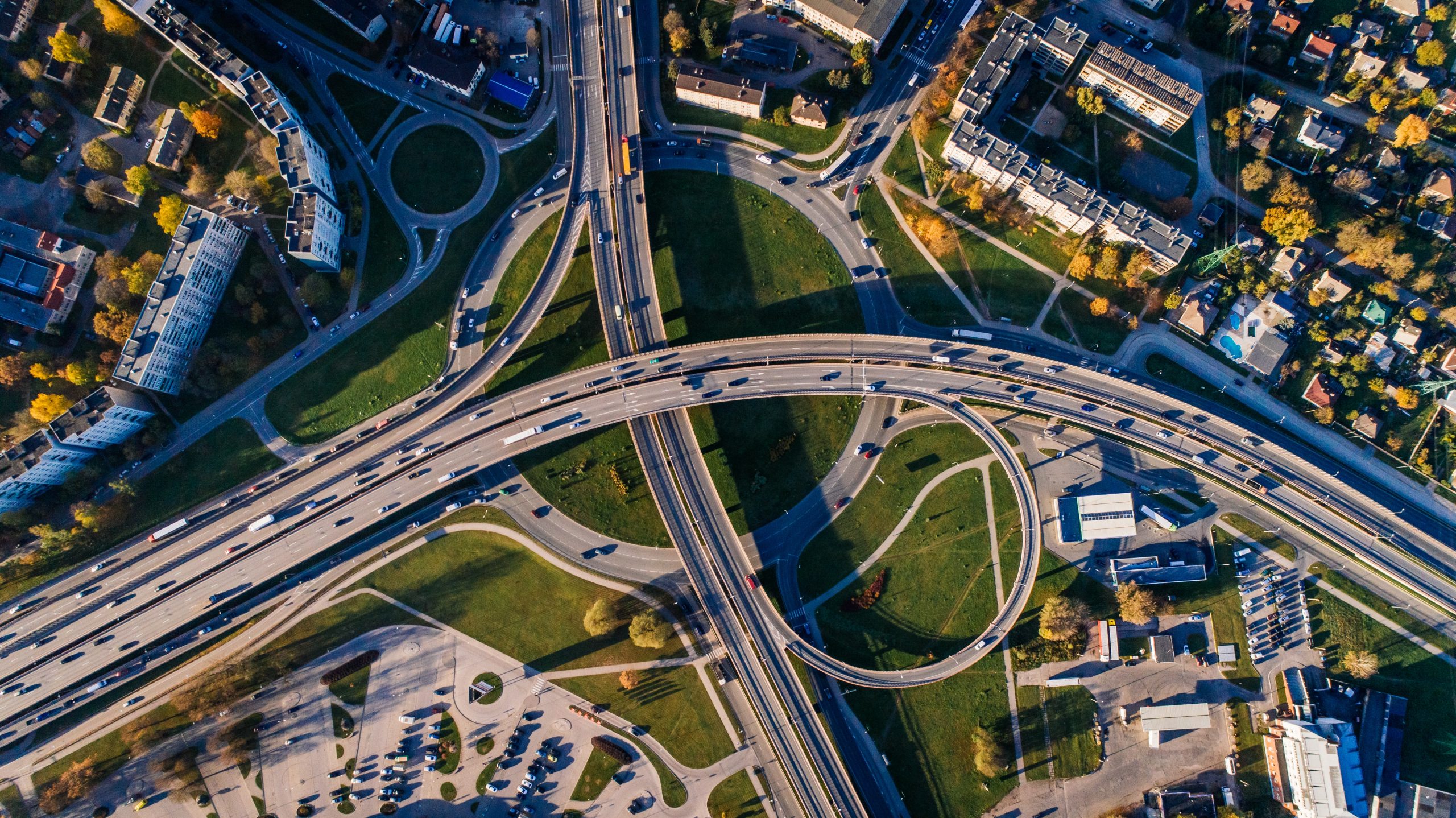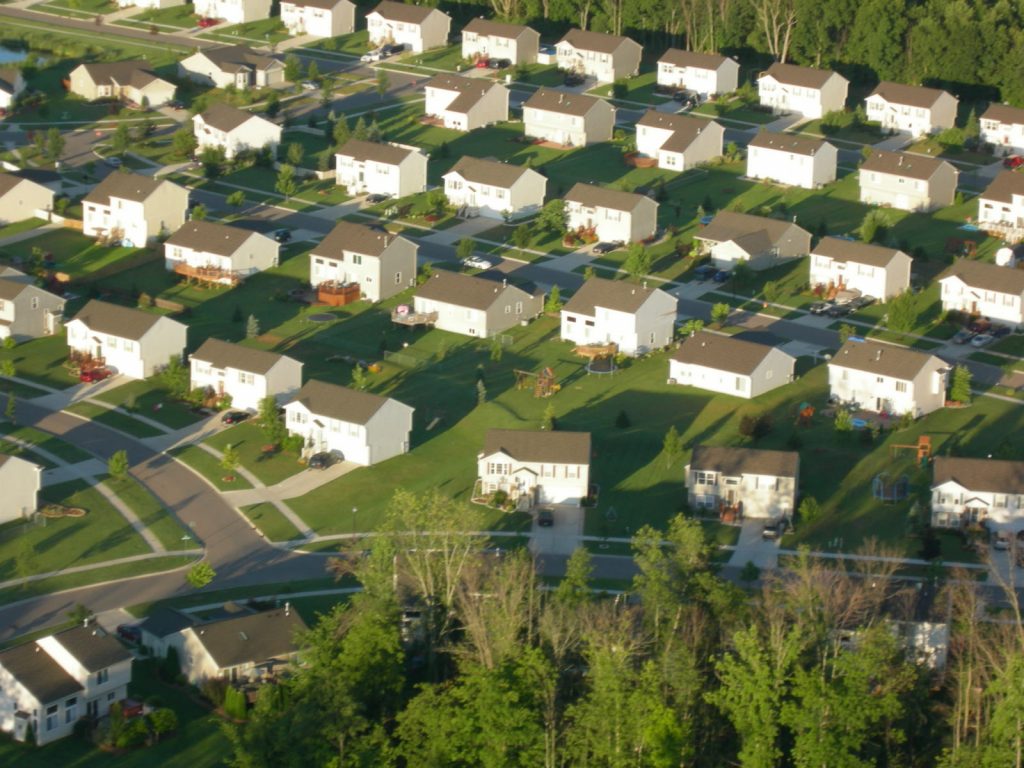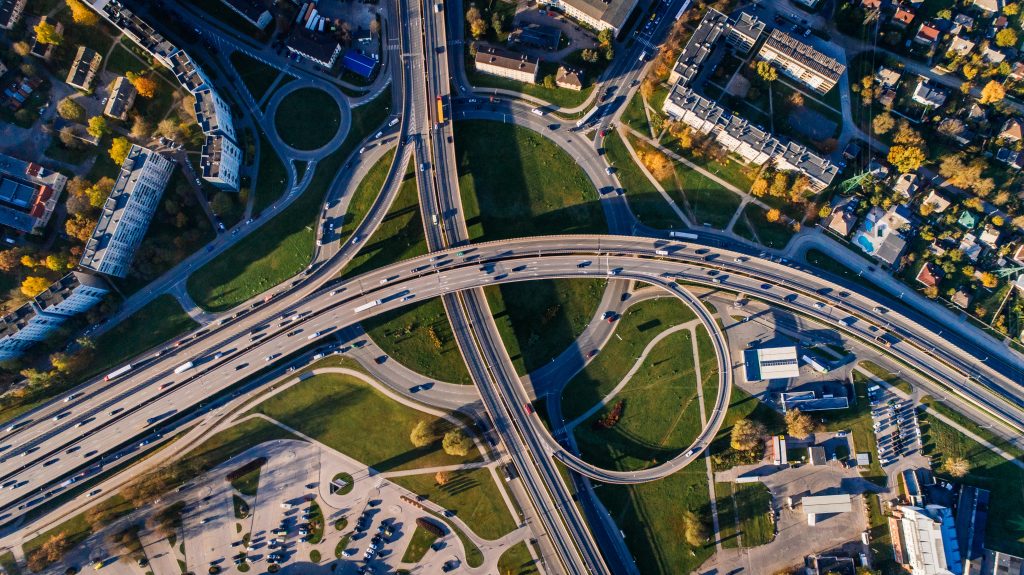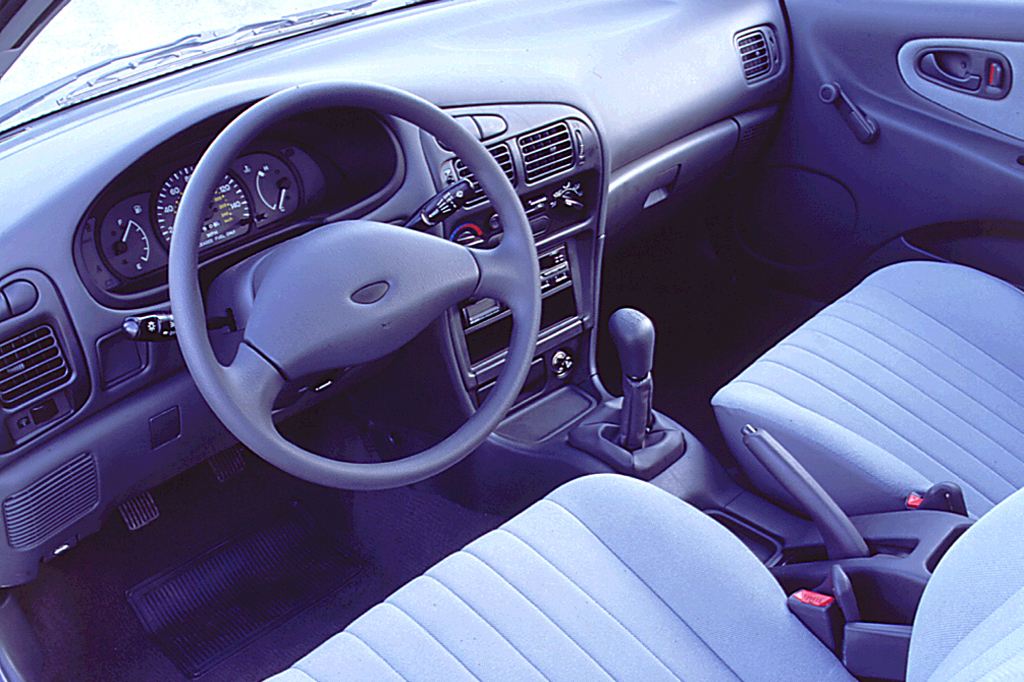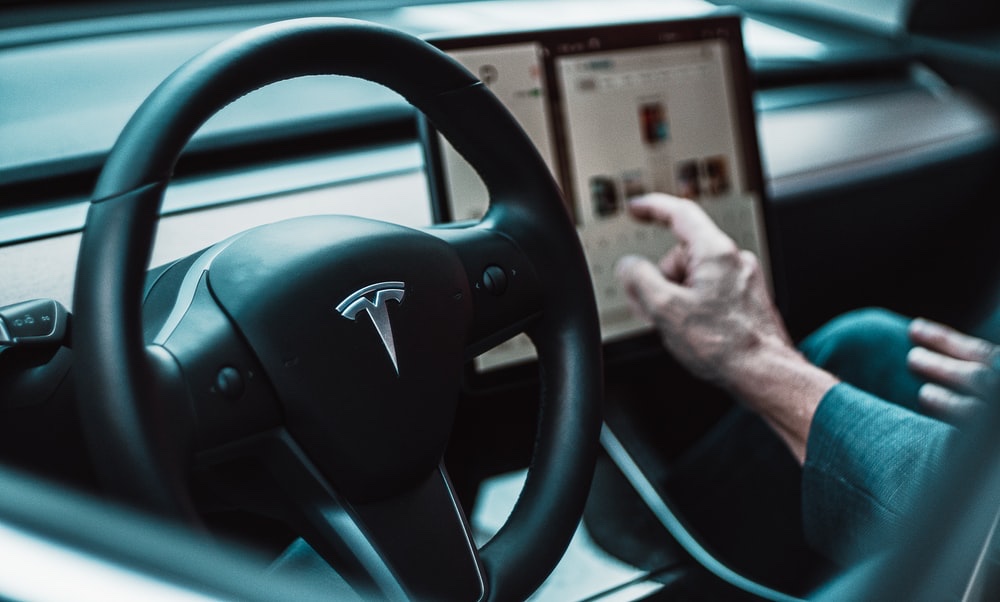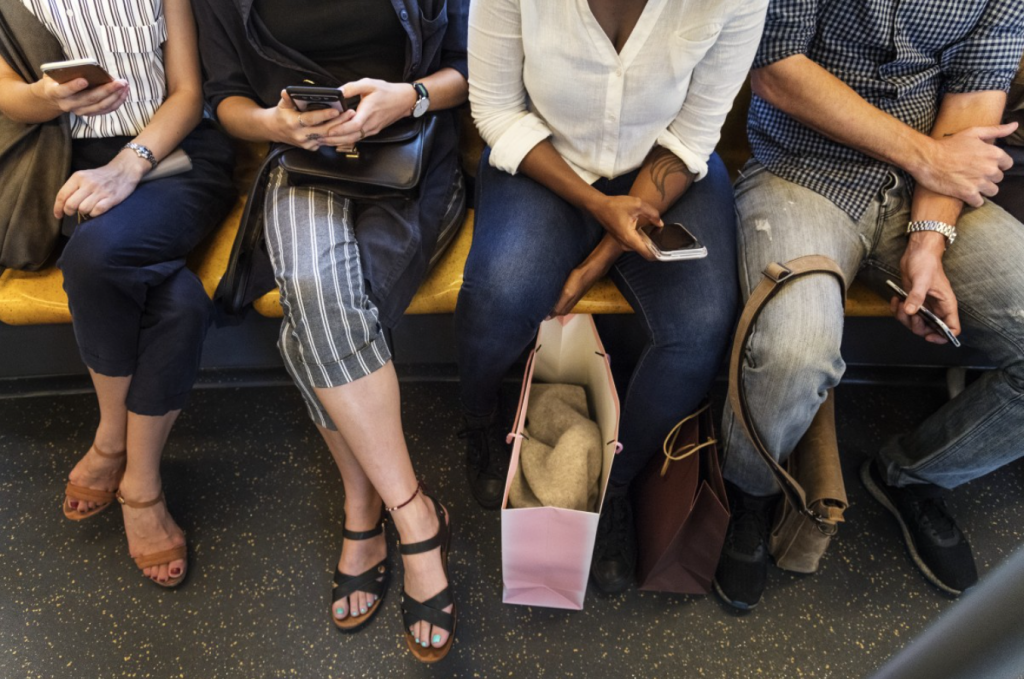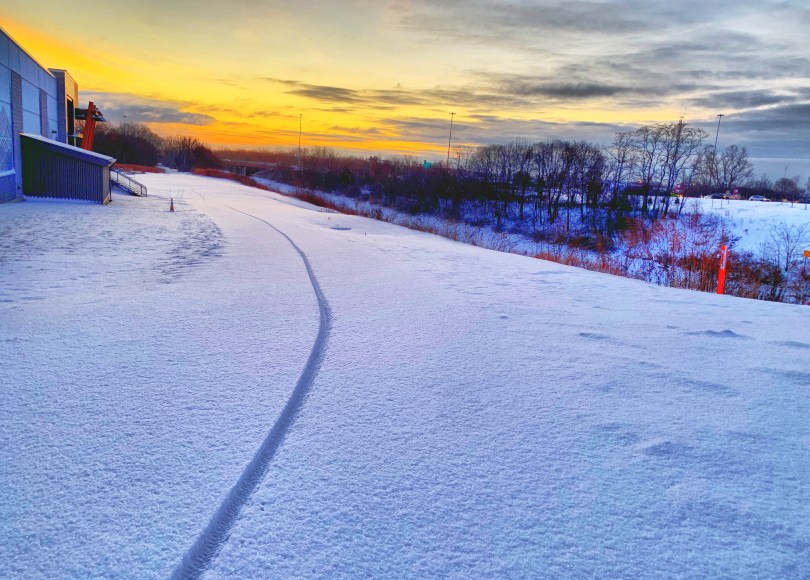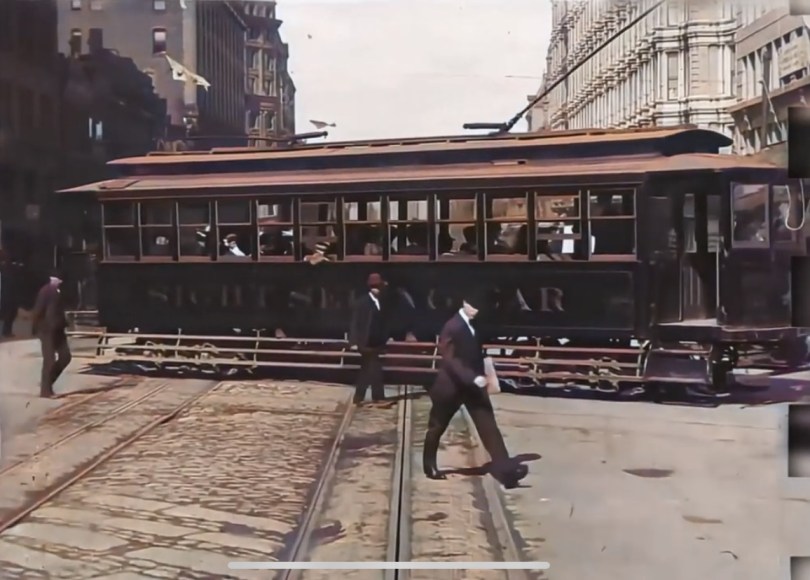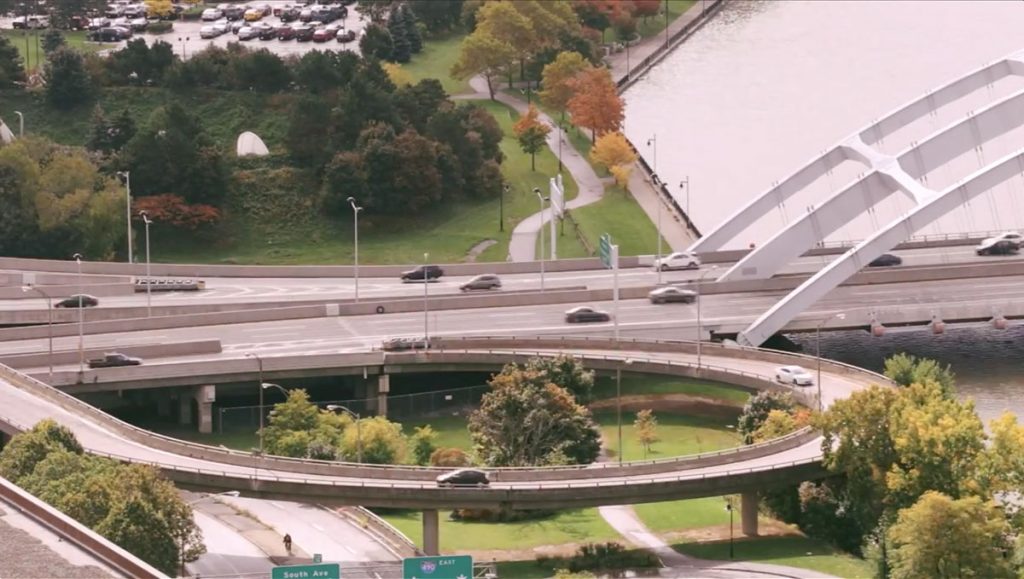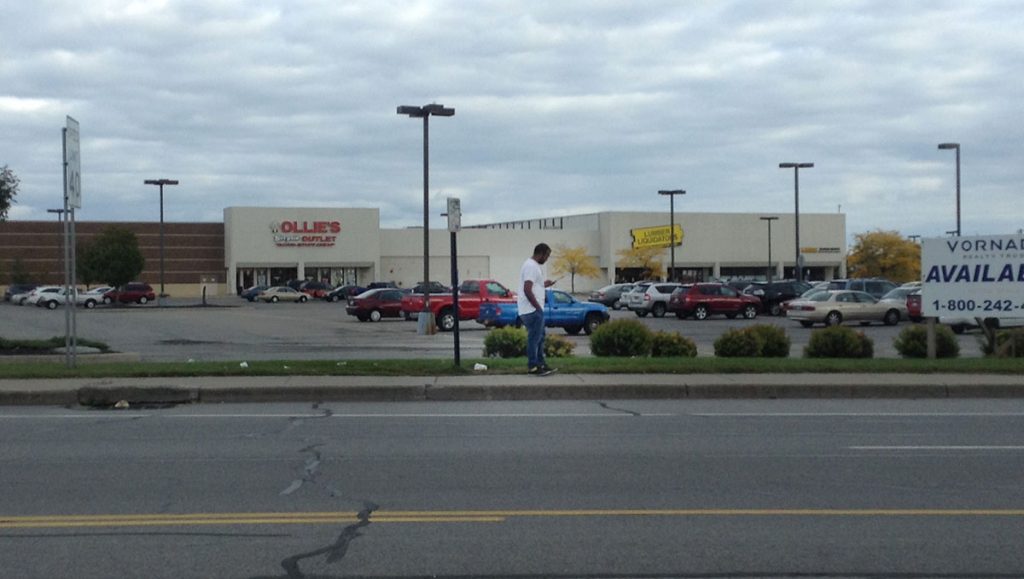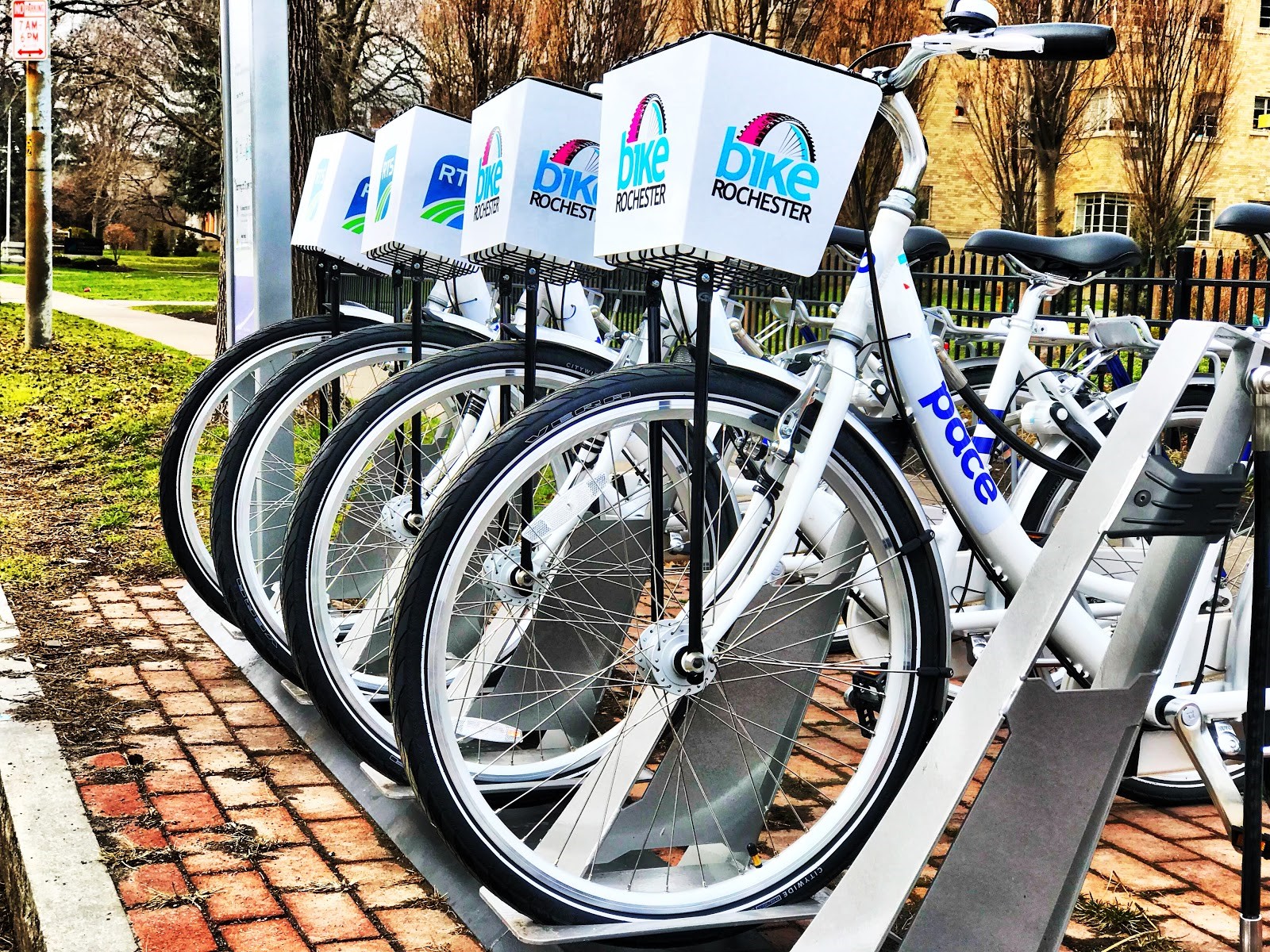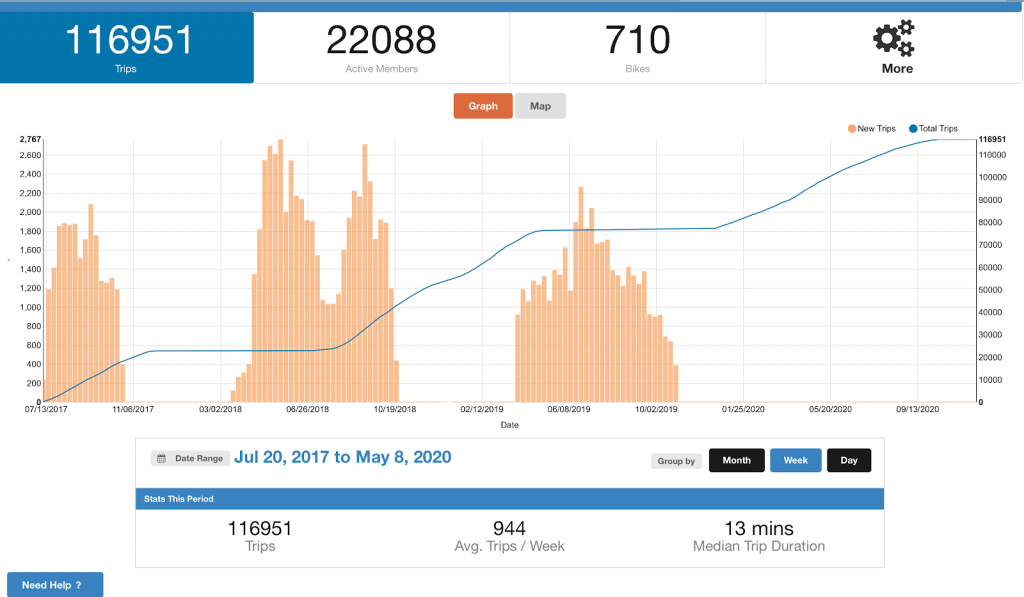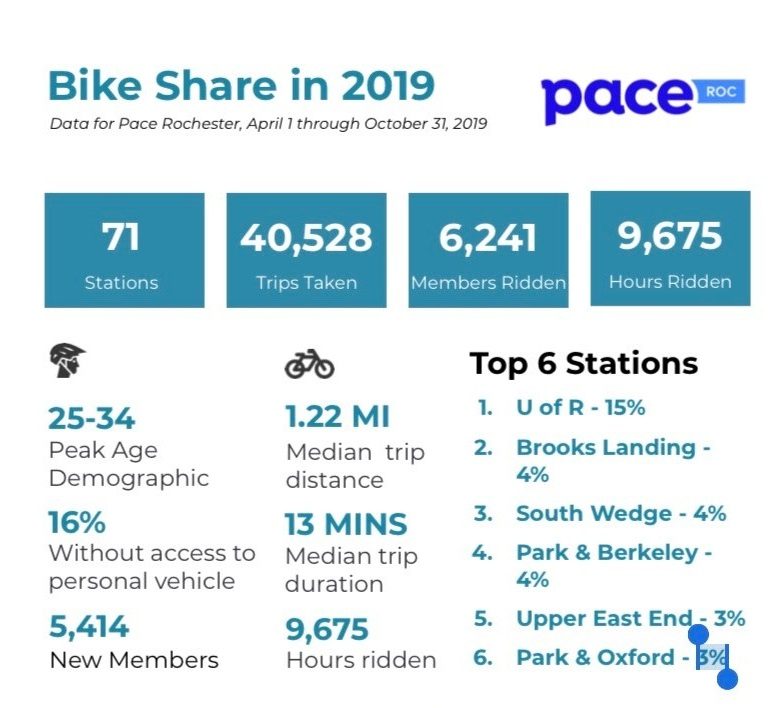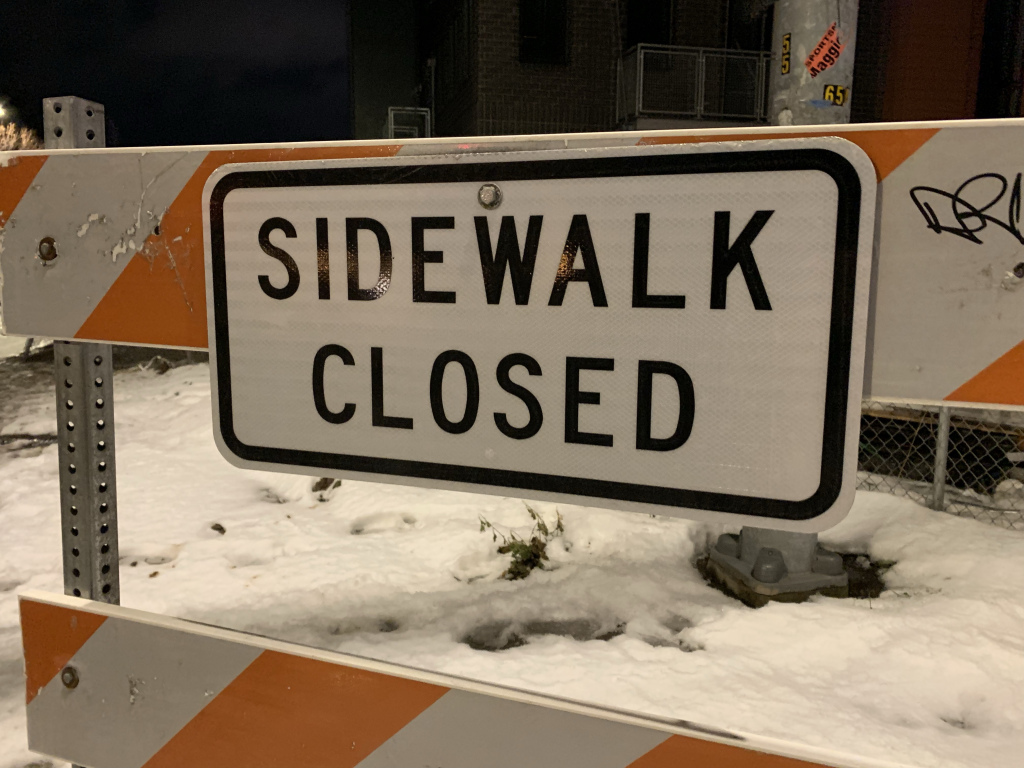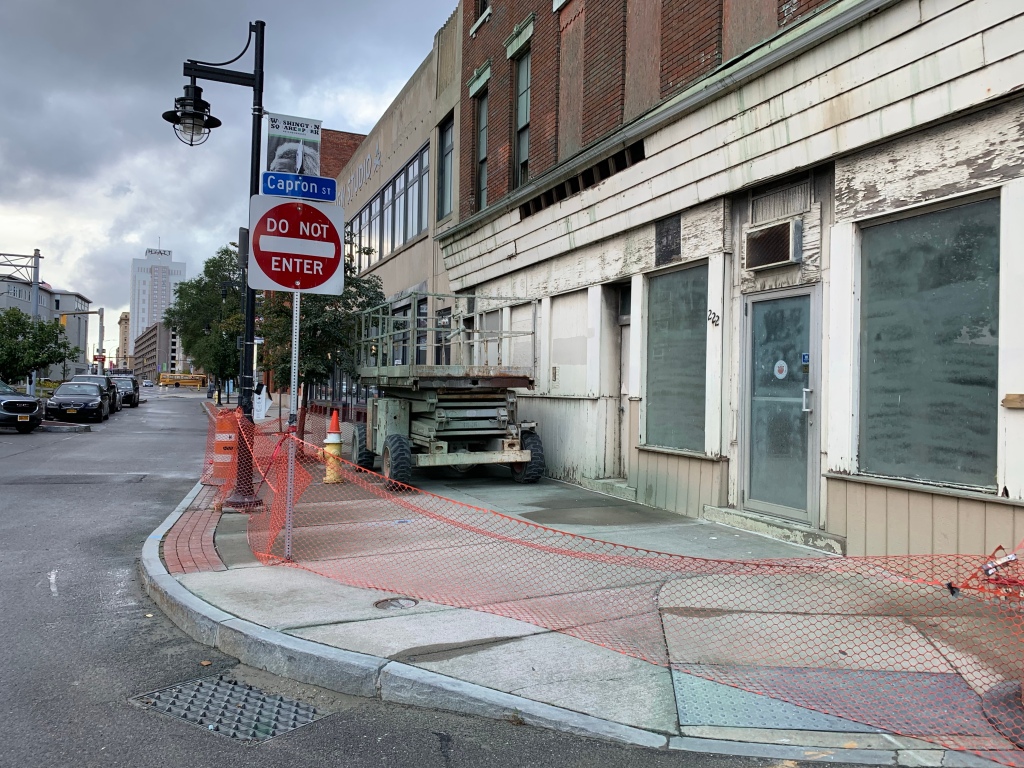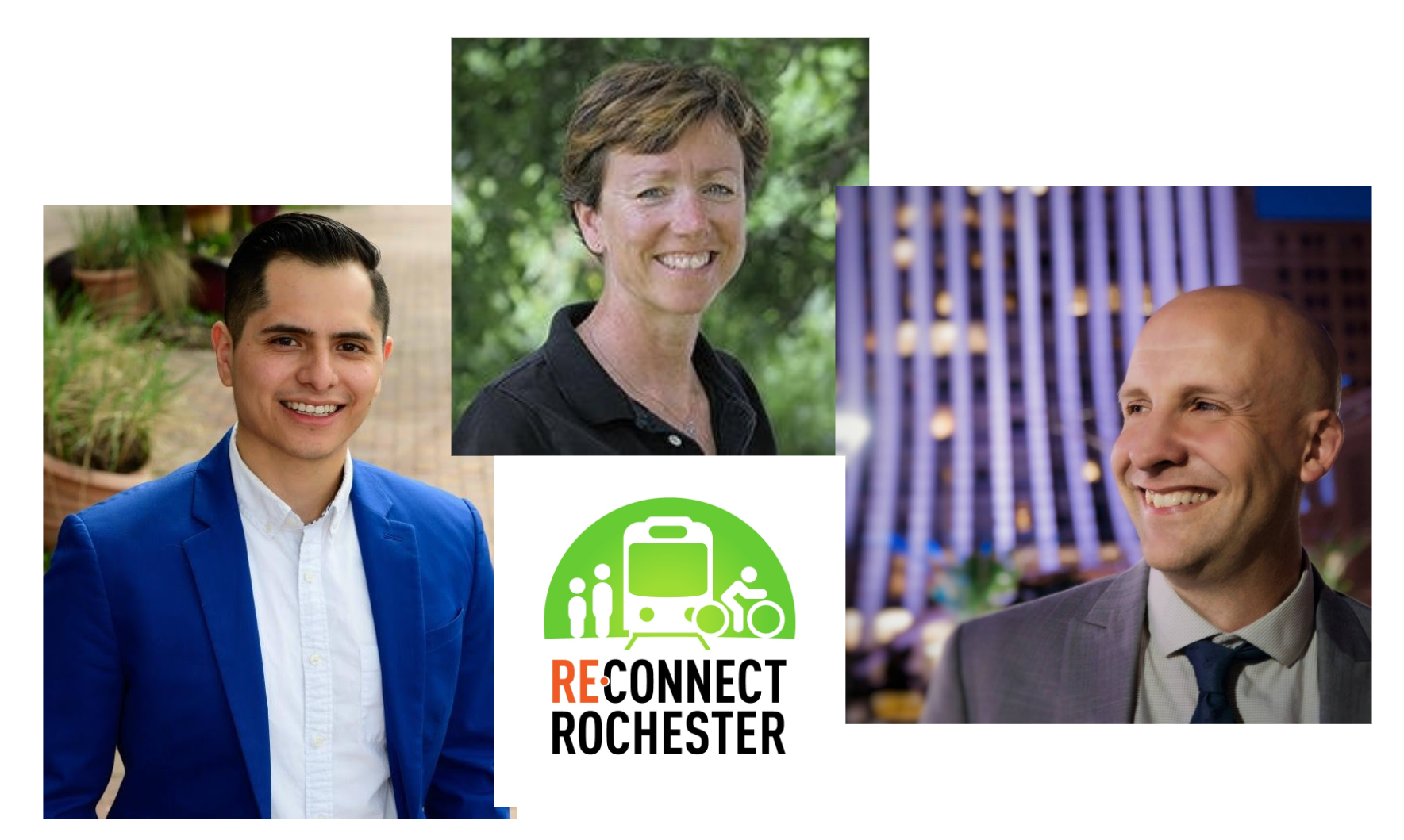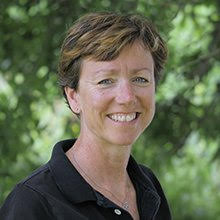Written by Arian Horbovetz and originally published on The Urban Phoenix blog
If you’re a cyclist, there is nothing quite like riding on a dedicated bike right-of-way for the first time. In a world where the car is prioritized, new trails, dedicated bike lanes and cycle tracks are rare but welcomed community additives that appeal to those of us who choose or rely on the benefits of biking for transportation.
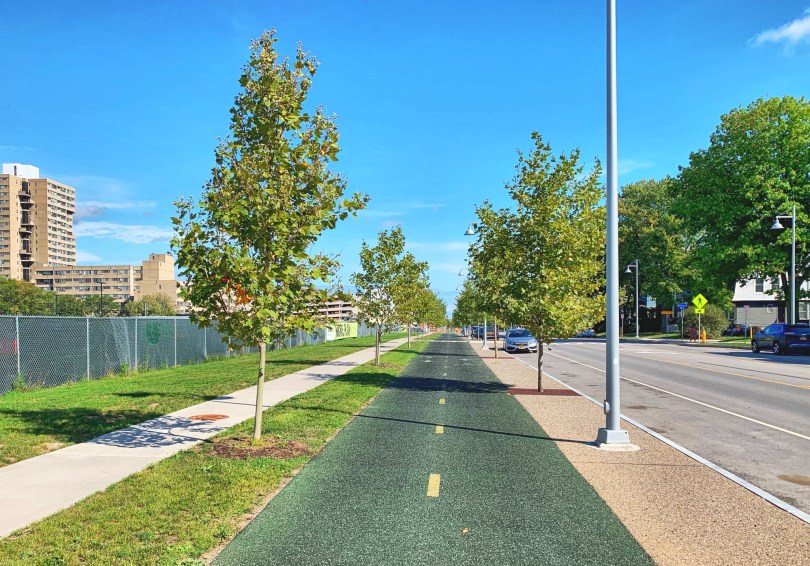
Over the last several years, my home city of Rochester has installed a number of cycle tracks in key areas:
- Along the new Union Street neighborhood (built on top of the former Inner Loop expressway)
- At College Town, connecting the University of Rochester campus and Medical Center with restaurants, bars, a bookstore, a pharmacy and more. The track also connects to a “mixed use” trail, which is actually a double-wide sidewalk, connecting the U of R to the nearby suburb of Brighton.
- Along East Main Street, connecting downtown to a major residential and mixed-use neighborhood.
Having spent a significant amount of time on these alternative mobility thoroughfares to commute, run errands, and meet up with friends, I’ve learned a lot about the good, the bad, and everything in between. Let’s dig in.
Union and Howell Streets
In 2012, the City of Rochester was awarded a 17.7 million dollar TIGER grant to close the East side of the former Inner Loop Expressway, creating 800,000 square feet of developable space. Over a decade later, a new neighborhood exists on what used to be a sunken highway. Servicing and connecting that neighborhood is a mile-long cycle track that primarily parallels Union Street and Howell Street, a couple of 30mph two-lane roads with on-street parking.

The Good
The Union and Howell cycle track connects a residential neighborhood that did not exist ten years ago with major bike routes in and out of the city, bisecting East Avenue, Chestnut/Monroe Avenue, and Broad Street. Along its path is the world renowned Strong Museum of Play (featuring the National Toy Hall of Fame), which boasts more than 600,000 visitors annually.

Also adjacent to the cycle track is a brand new Hampton Inn and Suites, a handful of bars and restaurants, a trendy coffee shop, and and two locally-owned convenience bodegas.

The two major streets that the track crosses, East and Broad, have fully-synced traffic and pedestrian signaling that defaults in the direction of the cycle track. Since the lights are timed, there’s never a need to dismount the bike and press a “beg button” to legally cross either of these streets. Furthermore, and most importantly from a safety perspective, for cars that turn left onto East or Broad from Union Street, there is a left hand turn signal arrow that defaults to red unless a car is position to make a left-hand turn. In essence, riders on the cycle track are prioritized over left-hand turning cars via this signal-controlled scenario.
Why is this last point so important? Because for cycle tracks to be effective AND safe, we need to acknowledge that, when a driver is making a left turn, they are likely looking out for oncoming traffic, not pedestrians or cyclists that they might be “turning into” beyond that traffic. This is a prime reason why nearly all cycling organizations discourage “sidewalk cycling.” Research shows that, when making turns, drivers rarely look beyond the roadway itself for points of conflict. This is why controlling left turns by cars into the path of paralleling cycle tracks with a left-hand turning arrow is an absolute must if the cycle track is to be a truly safer option for those of us on two wheels.
Lastly, the Union and Howell cycle track has relatively few street and driveway crossings. Most of the ones that do exist are either signal-controlled as mentioned above, or low traffic corridors. For cycle tracks to truly be effective, it is important that points of contact with streets and driveways are minimized. Otherwise, as noted previously, it is no different than the risks of sidewalk riding.
The Bad
The Union and Howell cycle track is not concrete or asphalt. Instead, it features a soft surface that mimics that of a high-school track and field consistency. In other words, it actually takes slightly more effort to pedal on this surface, as it absorbs the energy of the wheels on top of it instead of maximizing it. I’ve heard many local cyclists say that they prefer riding on Union Street instead of the cycle track for this reason, entirely defeating the purpose of the progressive infrastructure.
While there is little else truly “wrong” with this cycle track, I would not be the only person to question whether it’s necessary in the first place. While I will NEVER question any project that works to safely and conveniently prioritize cyclists (which this cycle track does!), some green-painted bike lanes on a lightly-traveled, low-speed set of streets that this track parallels would probably have been just fine.
College Town
OK full disclosure, this one is complicated. College Town, a tick south of downtown Rochester, was completed in 2015 as a “new” mixed-use stretch along Mount Hope Avenue adjacent to the University of Rochester academic campus and medical center. It replaced a lifeless collection of dated administrative buildings in an effort to create an exciting space where college students, university and med center employees could eat, drink and gather. While I have at times been critical of the project for a number of reasons, it has, for the most part, stood the test of time.
The College Town cycle track was supposed to be a part of the original plan, but it never materialized until many years after the mixed-use corridor was completed. As a result, there was a bit of a cycling disconnect between the U of R campus and College Town. That was all changed in 2019, when the cycle track was finally installed, connecting Wilson Boulevard (U of R’s main access road) with Mount Hope Avenue.

Furthermore, in the last year, the City of Rochester included a short extension to the cycle track, connecting Mount Hope Avenue with South Avenue, and connecting to the double-wide sidewalk/mixed use path paralleling Elmwood Avenue.
The Good
The cycle track is a much needed piece of connective tissue between the U of R academic campus and the entertainment district that is College Town. College Town also houses the bookstore for the university, a Barnes and Noble on the corner of Elmwood and Mount Hope, adjacent to the cycle track.
The track has very few points of conflict with road and driveway traffic, making it very safe and easy to traverse.
Finally, the College Town cycle track does not exist in a vacuum. It is a piece of protected cycling connectivity to the adjacent suburb of Brighton via the double-wide mixed-use sidewalk that parallels Elmwood Avenue, which also connects to the Highland Crossing Trail and new bike lanes along Elmwood from Goodman Street to Twelve Corners. On the West end of the cycle track, riders can also access the Genesee Riverway Trail, which connects to downtown Rochester to the Empire State Trail.

The College Town cycle track is not just an example of bike infrastructure that connects this to that, but also connects a number of other pieces of bike infrastructure.
The Bad
The one truly negative takeaway of this cycle track is at the point when it crosses from the South side to the North Side of Elmwood Avenue. Cyclists have to push a pedestrian crosswalk button to cross, and while I have never actually set a stopwatch, I am pretty sure that the wait for the light and pedestrian signal to change is 2 minutes.

This might not seem like a long period of time until you realize how frustrated you get as a driver if you have to wait 30 seconds for a light to turn green.
Furthermore, at Elmwood and South Avenue, the cyclist must press the pedestrian signal button to cross or else the signal will display “Don’t Walk” even if the green light signal direction is in the cycle track’s favor. In other words, the cycle track signal does not automatically align with the car traffic signal, which is a fundamental fail if you are attempting to build a high-functioning cycle track.
East Main Street
Just a year ago, the East Main Street cycle track was completed. This was a special moment in cycling infrastructure in Rochester, because this did not service predominantly wealthy white neighborhoods. Instead, the track provided cycling connectivity for mixed income East Main Street neighborhoods between North Goodman Street and Culver Road. For a population that is more likely to rely on bike riding for transportation, this is a step in the right direction.

The Good
Giving bikes prioritized space is almost always a good thing. As I ride on this cycle track, I am grateful to be out of the street, without the fear every cyclist feels with every car they hear approaching from behind. The track connects residents with downtown, and plays host to bodegas, restaurants, East High School and RTS Bus headquarters.
The Bad
Unlike the other two examples in this article, the East Main Street cycle track crosses a tremendous number of residential and commercial driveways, not to mention side streets. Many of the driveways are blind to both the cyclist and a driver that might be pulling out of a driveway or parking lot. In essence, this cycle track is no different than riding on the sidewalk which, as bike experts will warn, replaces the danger of being hit from behind with the greater danger of being t-boned by a driver who doesn’t look both ways before entering a crosswalk or sidewalk (which, from my experience is most drivers).

However, if a cyclist traversing the East Main Street cycle track rides slowly and actively watches for cars with each and every driveway and side street they cross, all will probably be OK. I would argue, however, that the point of a cycle track is to lessen this mindset of the cyclist, not heighten it.
What Do These Examples Tell Us?
Good cycle tracks should, first and foremost, make a cyclists safer. This means finding every possible way to minimize potential conflict points with automobiles. Placing cycle tracks in places where there are fewer driveways and side streets is optimal.
When contact points with automobiles must occur, ensure that there is signaling that either disallows drivers to cross or turn when cyclists have the right of way. These signals should be fully synced and automated such that the cyclists does not have to press a “beg button” in order to safely and legally cross a street. Finally, even if a “beg button” needs to exists, it should give the cyclist the right away in 15 seconds or less.
Signage reminding cars that they are turning into a cycle track that cross the road is also optimal.

The surface of the cycle track should be paved with a hard surface, not one that absorbs the momentum of the bicycle wheels. No one wants to ride on a surface that saps your energy with every pedal.
The track should connect to other bike thoroughfares, including trails, other cycle tracks, streets with bike lanes, low speed streets, and designated bike boulevards. A cycle track that exists on an island is simply for show, not substance.
Finally, cycle tracks should connect people to a wealth of different community resources, including jobs, grocers, retail, healthcare, community services, restaurants, and entertainment. If we are to make biking for transportation a priority in our communities, we have to be thoughtful about the resources that these networks connect.
Cycle tracks come in many shapes and sizes, and it goes without saying that not all are created equal. I personally ride and appreciate each of the “new” Rochester cycle tracks and use them as their design requires. With each concept, we can build on the knowledge from iterations that came before, providing a safer, more practical, enjoyable, and connective experience for the bike rider of all comfort levels and walks of life.


